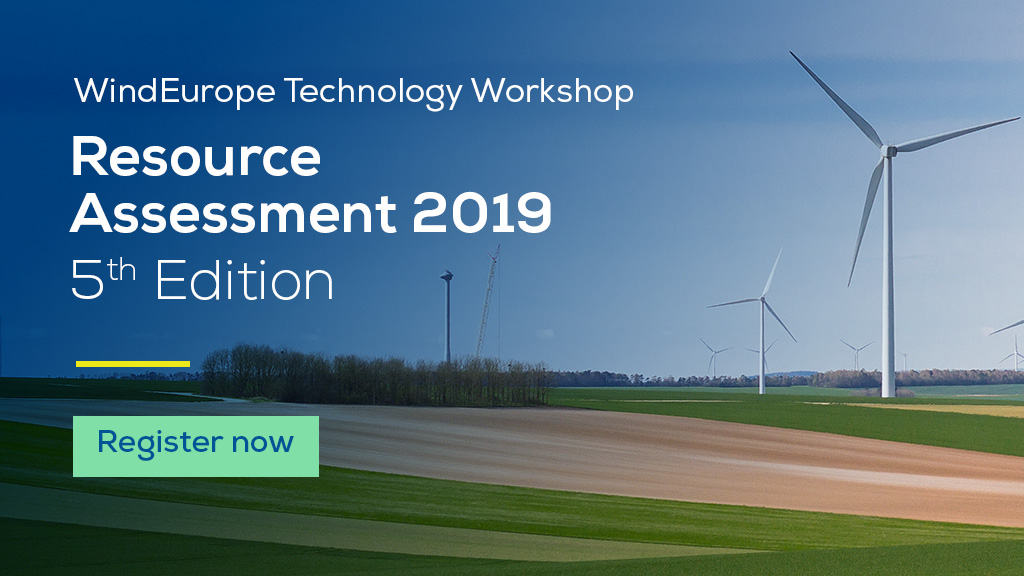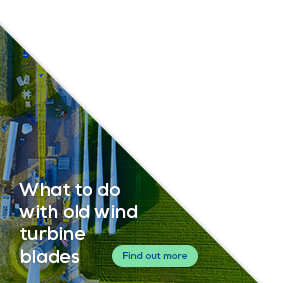WindEurope Bulletin
WindEurope Bulletin May 2019
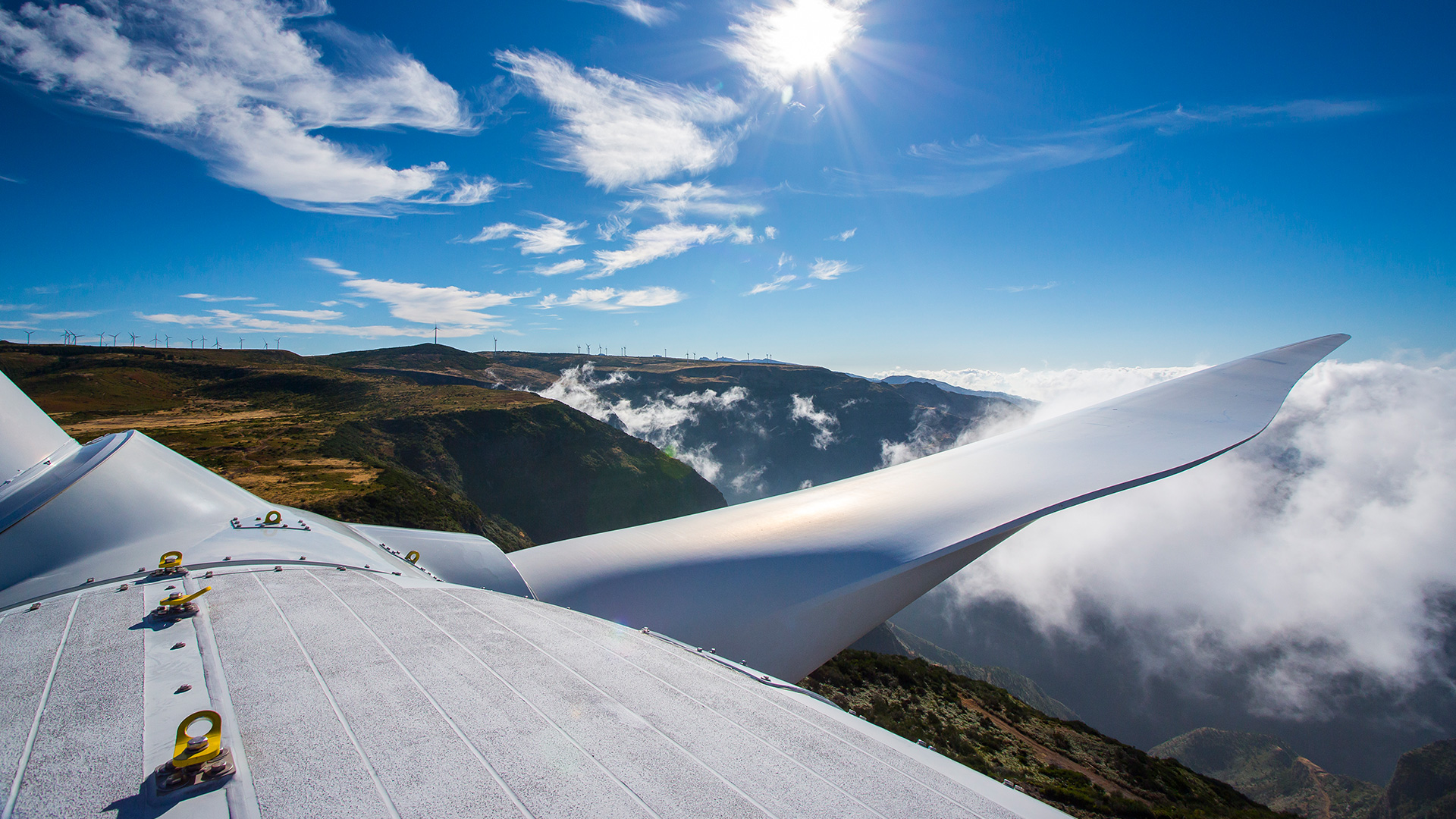
13 May 2019
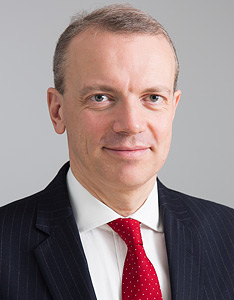
Giles Dickson
CEO Foreword
Dear WindEurope Member,
Next week Europe elects our representatives to the European Parliament.
The European Parliament is a key enabler of wind energy. It was the Parliament that fought for the 32% EU renewables target for 2030 – the European Commission and the Member States initially only wanted 27%. Last year the Parliament also pushed for more EU finance for renewables and R&D funding. And it secured key improvements to make Europe’s electricity markets ready for more renewables. Above all, the Parliament listens to an industry it considers a credible actor in the fight against climate change. This gives us a voice in EU policy-making and legislation.
Unfortunately the next European Parliament may be less friendly to renewables. You know the issue. Populist parties are gaining support. They are much less committed to fighting climate change than most mainstream parties. They’re generally still sceptical about renewables, despite all the economic benefits we bring: cheaper electricity; reduced energy imports and greater energy independence; local jobs and growth; and benefits to local communities. So these elections could be bad news for us.
How many seats these populist parties win will depend crucially on turnout. The higher the voter participation, the less well they will do. Unfortunately, turnout at European Parliament elections has been falling since they started. It was only 42% last time.
The 300,000 people who work in the wind industry in Europe can make a difference. We’re therefore organising a campaign to encourage the industry to mobilise and vote. To help spread the message, we have prepared a ‘Go Vote’ campaign page. On it you’ll find shareable e-postcards with a simple message, “For more renewables, vote in the European Parliament elections 23-26 May”. You’ll also find a video that explains why voting is important, as well as answers to any questions you might have.
It’s not just WindEurope campaigning for higher turnout, the European Parliament is too. We’re using the Parliament’s official hashtag: #thistimeimvoting. We really encourage you to make use of these materials within your organisations and help make an impact. If you need any more help or information from us, do let us know.
In other news, you may have seen that we recently published our analysis of European countries’ draft National Energy & Climate Plans. The pledges on the renewables volumes in the draft Plans are not too bad. But what’s missing is detail on the policies that will make these volumes a reality, such as when wind auctions will happen and what countries will do to electrify heating and transport. Countries have until the end of 2019 to finalise their Plans, and the European Commission will be pushing them to make improvements. We’re working with the Commission and with National Governments to make sure the improvements are reflected in the final Plans.
Looking ahead, we’ve a lot of events coming up. On 24 June we have our first ever Offshore Supply Chain Workshop. This will look at how to ensure a rapid and optimal build-out of offshore wind in Europe. On 25 June we’ve our Annual General Assembly and Summer Reception. Then on 26 June we’re organising an Open Day for members in our new offices. It’ll be a chance to find out more about what WindEurope does and how we work and to meet our staff. There’ll be updates on the National Energy & Climate Plans, an overview of the Market Intelligence tools available to members, EU funding opportunities, and visibility options at our events. We’re also organising guided tours of the European Council. You can find more information about all of these events here. We hope to see you then.

Giles Dickson
Market Intelligence Spotlight
Wind energy financing and investment trends in 2018
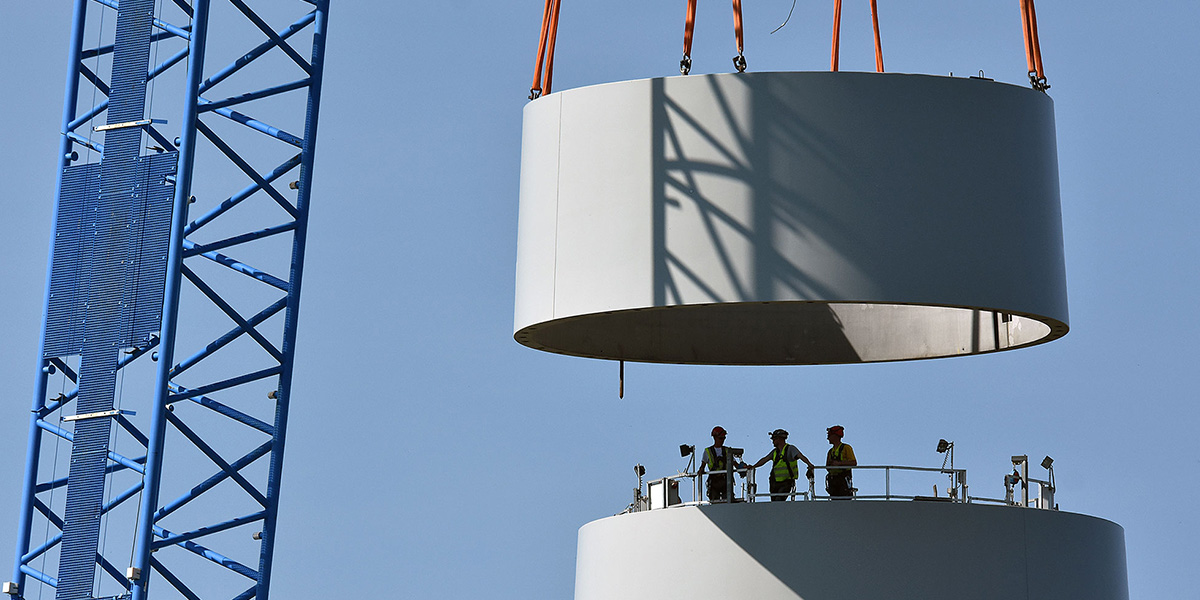
Europe invested €27bn in new wind farms in 2018, a record amount of new wind energy capacity. This is according to our most recent Financing and Investment Trends report.
The amount invested is similar to previous years. But thanks to cost reduction, especially in offshore wind, it will finance a record 16.7 GW of new wind capacity. On average 1 MW of new onshore wind capacity now requires only €1.4m capital expenditure, down from €2m in 2015. And 1 MW of new offshore wind capacity requires €2.5m, down from €4.5m in 2015.
Most of the future new capacity for which investments were announced last year was onshore wind: 12.5 GW. Offshore wind accounted for 4.2 GW, 38.5% of the amounts invested.
There are many positives here. Wind energy accounted for over 60% of all the new investments in power generation capacity in Europe last year. And it was a record year for the amount of new wind energy capacity financed. Cost reduction means investors now get more MW per euro they invest. And lenders are more comfortable with the risks so the cost of financing is falling too.
In total 190 wind farms across 22 different countries in Europe reached Final Investment Decision (FID) last year. Northern and Western Europe still account for most new investments. The UK was the biggest investor, mostly in offshore wind. Sweden was second. Investments in South East Europe were only 4% of the total.
A further €24.1bn financed the acquisition of wind farms including projects under development and of companies involved in wind energy. This is much more than in previous years. The maturity of wind energy and the competitiveness of the sector have brought in more investors as equity partners in projects, particularly from financial services. As investors become more confident about wind energy, they can price risk more accurately and invest earlier in projects.
Developers are also increasingly financing wind farms through debt. New business and ownership models have diversified the pool of investors, with banks, institutional lenders and Export Credit Agencies (ECAs) looking to provide long-term finance. This has meant a significant increase in ‘affordable debt’, particularly via non-recourse financing (i.e. not on a company’s balance sheet). Lower interest rates and falling risk premiums – as lenders become more comfortable with risk – means wind farms are getting competitive funding and lower financing costs.
But the European offshore wind success story is not a ‘done deal.’ Europe needs to keep investing significant amounts in wind if it’s going to meet its 32% renewables target for 2030. The money is out there – but there aren’t enough bankable projects. Permitting is a significant obstacle: the processes are slower and more complex than they were. Another problem is the lack of visibility today on governments’ plans for renewables. The National Energy Plans they have to write this year are key to resolving this. If they’re clear and ambitious this’ll provide investment signals which will make projects happen.
For a full analysis and overview of financing and investment trends in 2018, visit our report page.
Member’s interview

Wind assets monitoring, data gathering and remote control are vital to an increasingly digitalised wind industry. This month, we sat down with Alejandro Cabrera, CEO of Green Eagle Solutions, to talk about the outlook for his organisation and the wind industry at large.
Read the interview
Members’ News
Munich RE joins WindEurope

One of the world’s leading providers of reinsurance, primary insurance and insurance-related risk solutions has become a member of WindEurope, joining other stakeholders committed to advancing wind power across Europe and globally.
Munich Re consists of the reinsurance and ERGO business segments, as well as the capital investment company MEAG. Since its foundation in 1880, Munich Re has been known for its risk-related expertise and sound financial position.
The group has a long track record in financing and insuring renewable energies, and pools expertise in the construction and operation of traditional and renewable energy, including on- and offshore wind. It offers risk-transfer solutions to provide financial backing in cases of equipment failure, start-up delay, defects or underperformance due to lack of wind, etc.
Its services and insurance products cover the entire wind energy value chain, from turbine manufacturing to long-term operations and maintenance. The net result is better bankability and an attractive value proposition for potential investors in wind turbine installations.
WindEurope membership is a logical continuation of the company’s commitment to the future of energy: in addition to its role as a provider of targeted insurance solutions aimed at enabling renewable energy development, Munich Re is an active investor in renewable power projects, including wind farms. This is part of a larger strategy to drive the urgently needed transition to power sources with zero or minimal CO2 emissions.
New WindEurope Aviation Task Force: we invite your participation
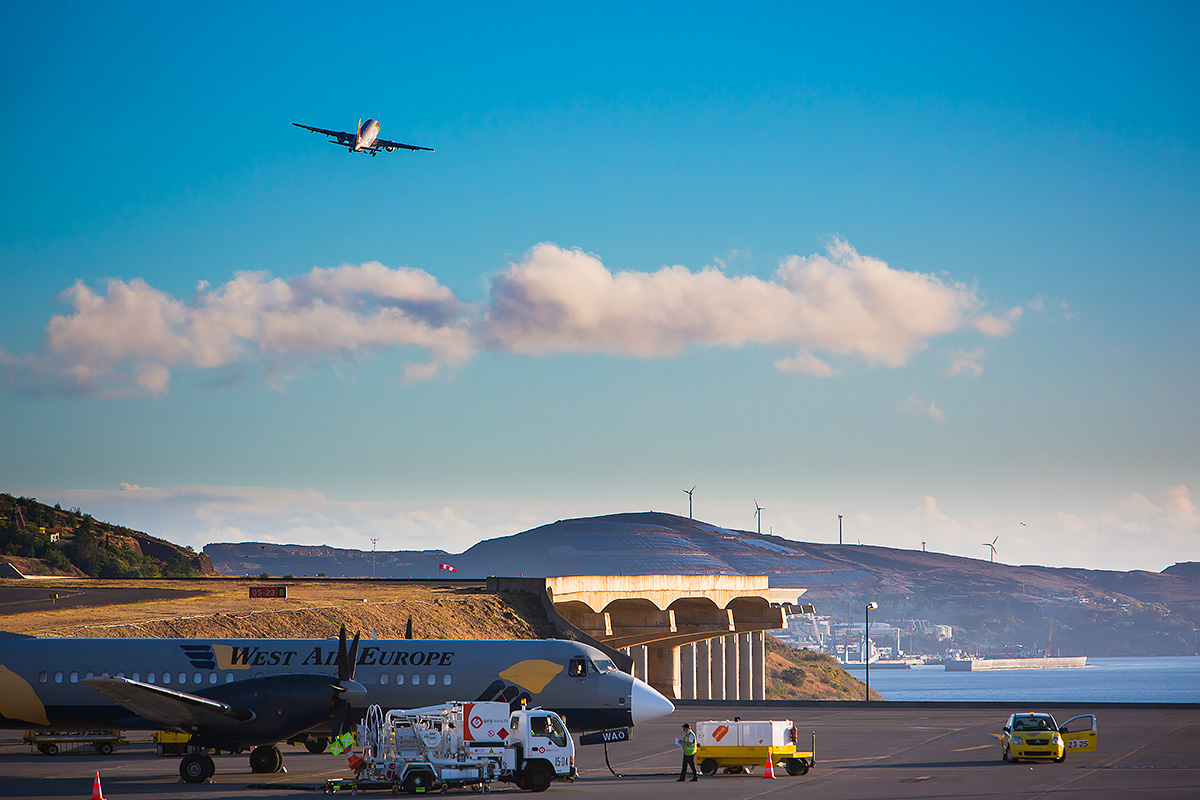
WindEurope has launched a new Aviation Task Force, gathering a wide range of stakeholders to tackle one of the major challenge areas for wind energy today.
The launch of the Aviation Task Force is timely: according to many in the wind sector, aviation-related issues are now the leading cause of permitting problems across several Member States. Chaired by Thales’ Steve Smith and Vattenfall’s Dujon Collin, the Aviation Task Force’s core group comprises National Associations and industry stakeholders. Together, they will work towards a happy coexistence between wind energy and other aviation groups. This will require coordination between a vast range of stakeholders, including Civil and Military Aviation Authorities on both national and international levels.
In order to have an impact, it is crucial that the Task Force has a clear picture of what is happening at international level and across EU countries. Accordingly, the first step the Task Force will undertake is the national and international mapping of current projects, initiatives, success stories, issues and challenges across Member States. This mapping will also pay close attention to the international and national targets and ambitions of Member States in terms of renewables, electrification, permitting and relations with the aviation sector. The mapping will start from a macro-level.
Other work streams will include the harmonisation of lighting and marking requirements, radar-related issues and space competition.
WindEurope is still seeking industry support for the Aviation Task Force. If you wish to be included in the Aviation Task Force mailing list, please contact Mattia Cecchinato today.
Has your organisation had any recent successes you’d like to share with the wider wind energy community? Every month we feature success stories in our Bulletin, reaching an audience of over 6,000 people.
Interested in submitting a success story?
Events
Call for Abstracts now open for WindEurope Offshore 2019
Deadline: 15 June
As you know, WindEurope’s Offshore Conference is Europe’s foremost international offshore wind energy event. This year we’ll be getting together on 26-28 November in Copenhagen to learn, network, and confront the challenges to the growth of offshore wind in Europe.
To maximise the quality of our conference programme, we need input from experts like you.
Our call for abstracts is now open – and we are looking for submissions on the following topics:
- Turbine technology
- Floating offshore wind
- O&M, installation & logistics
- Resource Assessment
- Grid development, storage, electrification and market integration
- Environmental impacts and spatial planning
- Skills, Health & Safety
For a detailed breakdown of these topics, as well as the submission guidelines and tips on how to improve your abstract before submitting, check out our submissions page and submit your abstract there.
Please note: The deadline for submitting your abstract is 15 June 2019.
Note: The call for abstracts only covers technical topics. To suggest ideas on non-technical topics like finance or market updates, please contact us directly at [email protected].
Exclusive to WindEurope members: Help us in the selection of content by taking part in the abstracts review and get an extra discount on your conference pass. If interested, fill out this short survey to let us know your topics of expertise. The review will start on 17 June and will close on 17 July 2019.
“Future Wind” Photo Competition for Global Wind Day 2019
Submissions deadline: 5 June
15 June 2019 marks Global Wind Day – and to mark the occasion WindEurope and the Global Wind Energy Council (GWEC) have launched a global photo competition: “Future Wind.”
This Global Wind Day we want to show the world how wind energy can slash emissions, improve air quality and create thousands of jobs. To win our €1,000 prize, please note that creativity, content, composition and technique as well as a compelling story behind your photograph are the key criteria for the judges.
The four categories are:
- People and Wind
- Working in Wind
- Beautiful Wind
- Beyond Wind
The first prize winner from each category will receive €1,000. In addition, the winning photographs will be displayed across both WindEurope and GWEC’s channels.
Deadline for submissions: Wednesday, 5 June 2019 (23:55 CEST)
Please make sure you have read the terms and conditions before submitting any photos.
WindEurope Annual General Assembly & Summer Reception
When: 25 June
Where: WindEurope Office
What: The annual WindEurope Annual General Assembly (restricted to WindEurope members) will take place on the 25th and will be followed that evening by our annual Summer Reception (open to all), celebrating the relocation of WindEurope’s office to Belliard 40. More details to follow soon but you can already look forward to an evening of fine food, drinks and networking opportunities.
WindEurope Open Day
When: 26 June
Where: WindEurope Office
What: Our Open Day showcases how we support our members and the wider wind industry. Breakout sessions will give policy updates on the National Energy & Climate Plans per country, an overview of the Market Intelligence tools available to members, EU-funding opportunities, and visibility options at our events. The programme will also include a visit to a Brussels-based EU Institution.
WindEurope Offshore Supply Chain Workshop
When: 24 June
Where: Brussels
What: Our Offshore Supply Chain Workshop will gather experts to build a roadmap to the rapid, optimal development of the offshore sector in Europe.
2 parallel tracks. 4 roundtable discussions. Dedicated B2B sessions.
Please note: this event is exclusive to WindEurope Members only.
WindEurope Technology workshop: Resource Assessment 2019
When: 27-28 June
Where: Brussels
What: Registration is now open for the 5th edition of this popular workshop, which will focus on using better models and validation tools to reduce uncertainty when estimating how much wind there is at a given site.
Over the course of 5 sessions, we will cover:
- The launch of the New European Wind Atlas;
- Using data to reduce uncertainty;
- Modelling to reduce uncertainty;
- Using LiDARs to reduce uncertainty;
- Wakes and forests
You can see the complete programme here.
EoLIS 2019: WindEurope’s new seminar on End-of-Life Issues and Strategies – Programme outline now online
When: 5 September
Where: Leuven, Belgium
A significant share of Europe’s wind turbine fleet will come to the end of its projected lifetime within the next 10 to 15 years. In order to fulfill Europe’s long-term decarbonisation agenda, the share of wind energy in the energy mix needs to grow further, and this outgoing generation capacity will have to be replaced.
But this process is not as straightforward as it could seem.
The first edition of WindEurope’s End-of-Life Issues and Strategies (EoLIS) seminar will bring together industry and academic experts to discuss the way forward.
Our one-day programme will tackle policy and permitting issues as well as technology challenges, with in-depth sessions on lifetime extension, repowering, decommissioning and recycling.
See the programme outline Save the date
Save the date for RE-Source 2019
The world’s largest gathering of renewable energy buyers and suppliers is back – and after fantastic feedback to last year’s event, we have decided to continue our corporate renewable energy sourcing discussions in the same location: the exquisite Hotel Okura in Amsterdam.
With more markets opening up to the corporate renewable sourcing opportunity, RE-Source 2019 is the perfect platform to network, learn and do business with key players from both the buyer and supplier side.
This year, we’ll have further B2B matchmaking activities, deep dive breakout sessions and we’re extending the meetings to include more diverse buyer and supplier groups.
Please note: The two last editions of RE-Source sold out in advance – so be sure to have it in your calendar.
So save the date and spread the word: we’re already looking forward to welcoming you to #RESource2019!
Save the date: InnoEnergy’s Hack the Wind hackathon in Copenhagen

When: 22 – 24 November
Where: Copenhagen
Are you ready to be hacked?
Hack the Wind is dedicated to moving the wind energy industry forward and is inviting designers, developers, data scientists & analysts, blockchain developers, and wind energy experts to work with some of the biggest names in the industry to create solutions for proposed challenges.
What is a hackathon?
Hackathons are “hacking marathons”. Taking place during a limited timeframe – usually 48 hours – Hackathons gather participants from a variety of technical, IT and design backgrounds and provide them with materials and challenges. Their objective is to assemble into multidisciplinary teams and propose workable solutions or “proof of concept” to technical challenges (such as how to extract value from the information and data they have) and business challenges (related to the monetisation of the project’s value, visualisation/user experience and business modelling).
This is where you can:
- Develop and test proof of concepts
- Increase brand positioning in the digitalisation of wind energy
- Network and access unique skills and talent.
- Learn and achieve in a fun and competitive setting
Check out highlights from last year’s event:
Interested in getting involved in our 2019 Hackathon in Copenhagen?
What we’re reading







